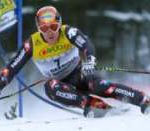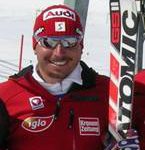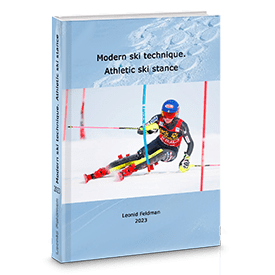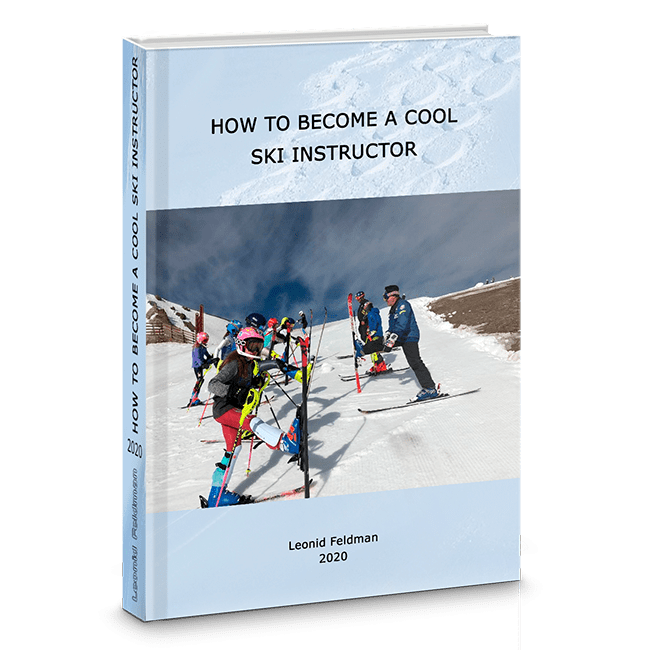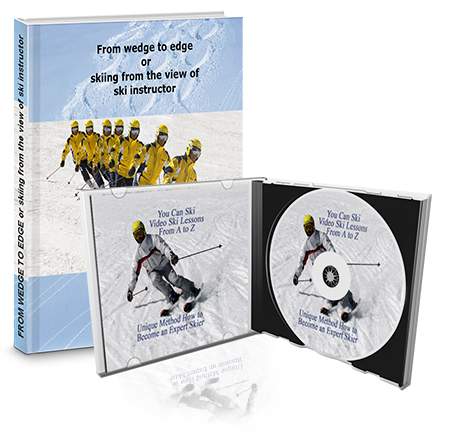Good afternoon Dear Skiers! I would like to present a short discussion on a topic I think is very important to expert level skiing. The moment of transition from one turn to another! For the sake of fairness, I must note that the idea of this essay did not come to me immediately. But rather during the process of analyzing the movements of the best World Cup skiers as well as a large number of You Tube demos. Let me try to explain why I decided to focus on this very important fundamental element.
To begin with, I want to outline a few important ideas. There are only a few movements that can influence the change of pressure on the skis with the snow. The first, and most fundamental change, is the distribution of weight (and pressure) between skis, transferring weight from one ski to another. This also adjusts the degree of load for each of the skis independently.
We always push harder on the outside ski in the turn than on the inside ski. If you turn to the right, this is the left foot. If you turn left it is the right foot. This form of loading and unloading skis, or lateral transfer of body weight, occurs to varying degrees in every turn. It is the lateral shift of body weight that can make turns faster and easier.
For example, stand on the floor with your feet shoulder-width apart. Keep your torso straight and center your hips in relation to your feet. Press down on the floor with your right foot. How will your hips move? They either move to a point above the right leg to put all their weight on that leg, or they move to the left, away from the leg you are pushing on. Let’s consider the second movement!
When we press on the outer ski in a turn, the resulting force tends to turn us around this ski. As a result, the hips are shifted somewhat inward of the turn, towards its center, where a position of equilibrium is found. It is important to understand that the movement of the hips starts from the feet, when one leg presses more strongly on the ski, and the hips move in the opposite direction from this leg.
Press harder with one leg and watch the hips move away from that leg, but now focus on how this movement increases the pressure on the leg. g the leg farthest from the wall. The loaded leg straightens when it pushes harder on the floor, and the other leg contracts, bending slightly and becoming a little shorter. This sensation of flexion/extension of the legs is easier to see and feel if you perform this exercise next to a wall, leaning against it when loading the leg farthest from the wall.
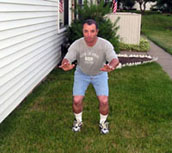
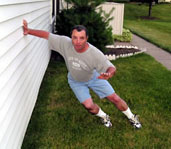
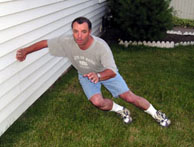
In these photos, you can clearly see how the center of gravity is shifted inward, the ankle tilts! The ski attached to the leg tilts accordingly and stands on the edge! Due to its geometry and dynamic characteristics, it immediately begins to carve the arc!
It is important to feel how the skier’s lower leg extends almost to the end, like a cyclist’s leg in the lower pedal position.

In this position, your muscles are able to create the most force, and your leg is almost straight – which allows the bones of the skeleton to take on most of the load that occurs in the turn. Maintaining a flexible athletic stance is one of the most effective ways to apply force to the skis by extending your legs.
The second most important component of good loading / unloading of the ski is the skill of leg extension and flexion to load and unload skis as you turn. The mechanics of this movement are very simple; when the legs are straightened, the pressure increases. When the legs are flexed, the pressure on the ski decreases.
Imagine that you are standing on a home scale and flex both legs sharply. At this point, your sensations will be the same as in a descending elevator, and the scale will show slightly less weight. This means that the pressure under your feet has decreased. Now try to quickly straighten your legs from the squat position. When you push down on the scale, it shows more weight as the pressure on the scale increases.
The ability to increase and decrease pressure on the skis aids steering. Steering is about giving the right direction to the skis with the help of muscle effort. When the pressure on the skis decreases, steering becomes easier. The inside ski is less loaded when cornering, which is why you steer with it while the outside dominant ski stays loaded.
You can relieve the pressure on one or both skis at any moment by performing a ski off-load motion. Remember that this happens by bending the knees (flexion) when going from turn to turn.
This can be felt at a point between turns when performing a lateral shift of the center of gravity. Just stop pushing your skis for a second. You will feel how the skis respond to the steering movements with your feet and legs more quickly and effortlessly.
Unloading makes it easier for you to start a turn. Loading the ski in a turn allows you to make fuller use of the equipment’s potential. We know how the side cut of the ski allows it to follow a predetermined arc when the ski is edged.
The ski is also designed to bend under your weight. It is necessary to make some effort to bend the ski and at least eliminate the natural deflection present in its construction.
The ability to bend the ski as you turn is arguably one of the most enjoyable things about alpine skiing. Lower body movement is responsible for the energy you feel in the turns and the ability to vary the radius of the turn. When you load the ski harder, the edge of the ski carves deeper into the snow.
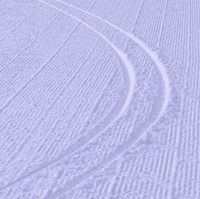
This leads to a more stable movement of the ski along the arc, but also increases the deflection of the ski, and forces it to turn at the desired radius, and not just follow the arc that is laid in its side cut.
Bending the ski into a smaller arc is a very flexible tool in the hands of an expert. It doesn’t matter if this is done with a smooth, slow extension of the legs in a long turn, or a quick rhythmic movement in short turns.
Everything that is stated above sounds quite simple and hopefully clear. So, why is it that the lion’s share of skiers, when turning on parallel skis, cannot achieve the magical sensation of flight, while going downhill on skis. I think that older generation skiers have long developed a stereotype ski technique. They tend to enter the turn with flexion, coming out of the turn with extension.
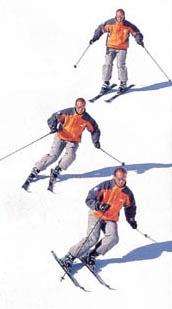
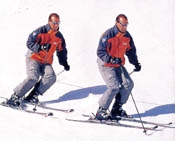
Pic 1 Pic 2
The first picture clearly shows that before entering the turn, the skier is almost completely unbending at the hips and ankles. And in the second picture, he does the same at the exit from the turn.
I remind you again! When the body is straightened, the knee and hip joints are extended, and as a result of this movement, the ski begins to slide flat. The contact area of the ski with the snow increases and friction builds up, which leads to a loss of speed.
Now, let me draw your attention to the stance of the skier in Pic 1. The stance is quite tall, the knee joint is almost extended! From this position with the skier over the skis, it becomes very difficult to tilt the ankles. This skier controls the skis using the rotational movements of the center of gravity.
I do not want to say that this is wrong! God forbid! Millions of people in different parts of the world ski this way and get tremendous pleasure doing so. But in this article I want to attract the attention of skiers who watch World Cup competitions live or on TV and need to understand that in skiing using the previously described technique they are doing something very different than their World Cup idols!
The modern athletic ski stance, when guiding the carved turn, implies constant pressure or resistance on the ankle on the inside of the boot and the tongue of the boot on the outside leg.
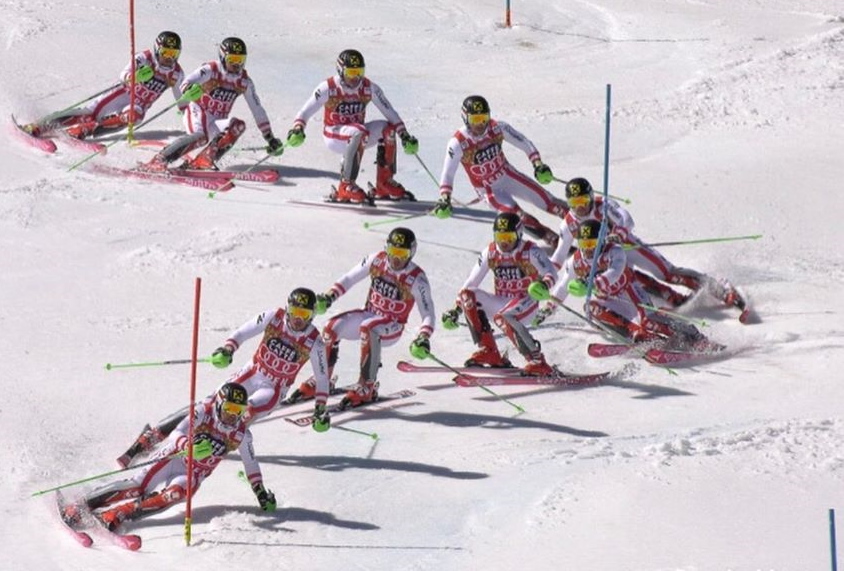
At the moment of transition from turn to turn, especially in short turns and giant slalom turns, instead of straightening your legs, try to bend them slightly at the knees and leave the center of gravity unchanged. Thus, during extension, the process of leading the arc takes place, at the moment of transition from turn to turn, due to bending of the knees, upward unloading occurs.
When unloading upward, maximum pressure occurs on the outer leg during the arc of the turn; there is practically no pressure on the inner leg. Remember the bike! At the moment of transition from turn to turn, the knees bend and the length of the legs becomes the same and there is practically no pressure on the snow!
EDIT: (When the technique of upward unloading is applied, both skies become neutral in terms of loading. This allows the new outside ski to be steered more easily. Pressure or extension is then applied to the skies as needed to complete the turn.)

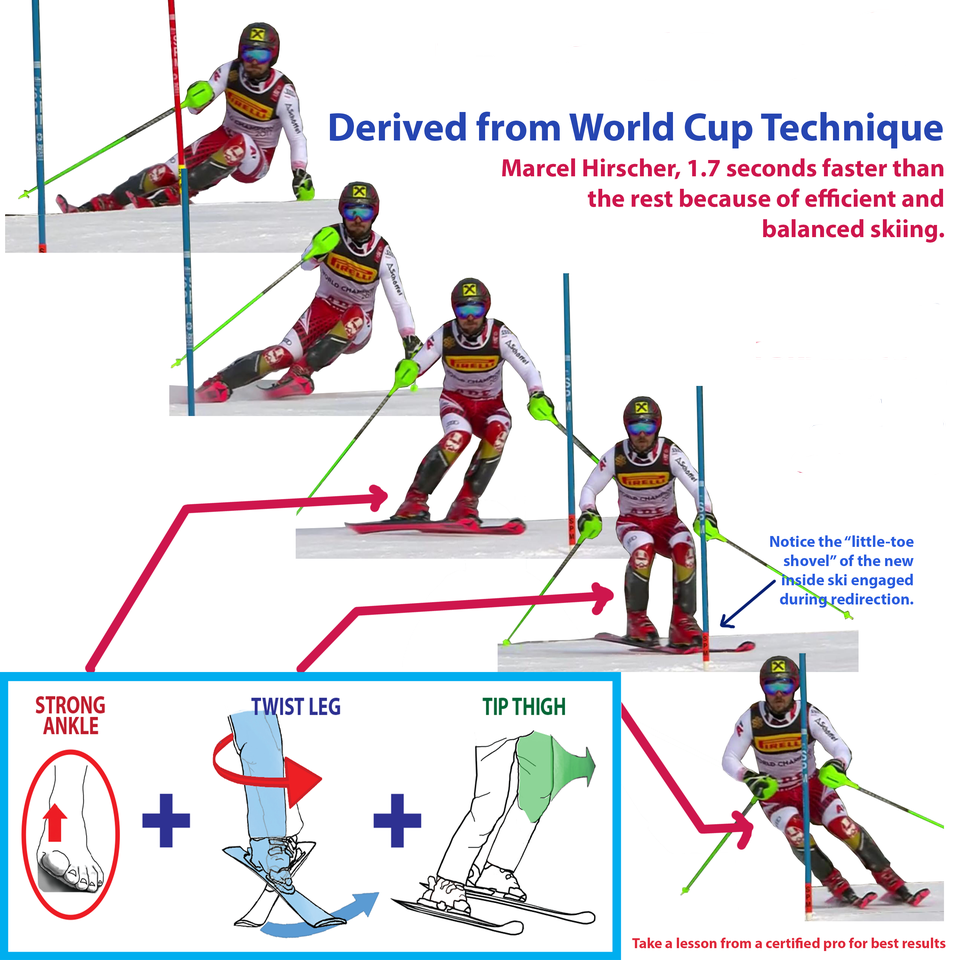
Marcel Hirscher demonstrates even more in this storyboard! And the tilt of the ankle (inversion) and steering and displacement of the hips (center of gravity) inward of the turn! Please pay attention that there is no vertical movement of the center of gravity at all! Check out this short video!
https://www.youtube.com/watch?v=U6PZe7-gVb8
At the moment of transition from turn to turn, the skis practically do not touch the snow, and at the moment of touch, thanks to the steering, they are immediately put on the edge, continuing to move along the arc. By this technique, hundredths of a second are won in each turn and a huge advantage at the finish is obtained.
Well, now for the afterword. The author of this discussion did not come to these movements right away, don’t think that he got on his skis one morning and everything began to work immediately! Since I don’t have trainers (and I don’t have much time), I had to understand and change movement myself, listening to my own body.
At first, I concentrated on feeling the inside of the ankle on the outside leg. Then, I realized that there was some problems with the athletic stance. I have been skiing for several years, so the remnants of past mistakes made themselves felt. The third is the steepness and quality of the slope.
Several years ago, these new observations and sensations provided results! I am already seventy-one years old, but when I go downhill on skis and everything is working right, the enthusiastic feeling of flight overwhelms me so much that I want to constantly scream with happiness!!! And the second thing! None of the resort instructors (and we have one hundred and fifty people and believe me 99% are significantly younger than me) are even close in terms of speed !!!
So, it’s never too late to learn and improve!!!
I wish everyone health, happiness and good luck!!!


